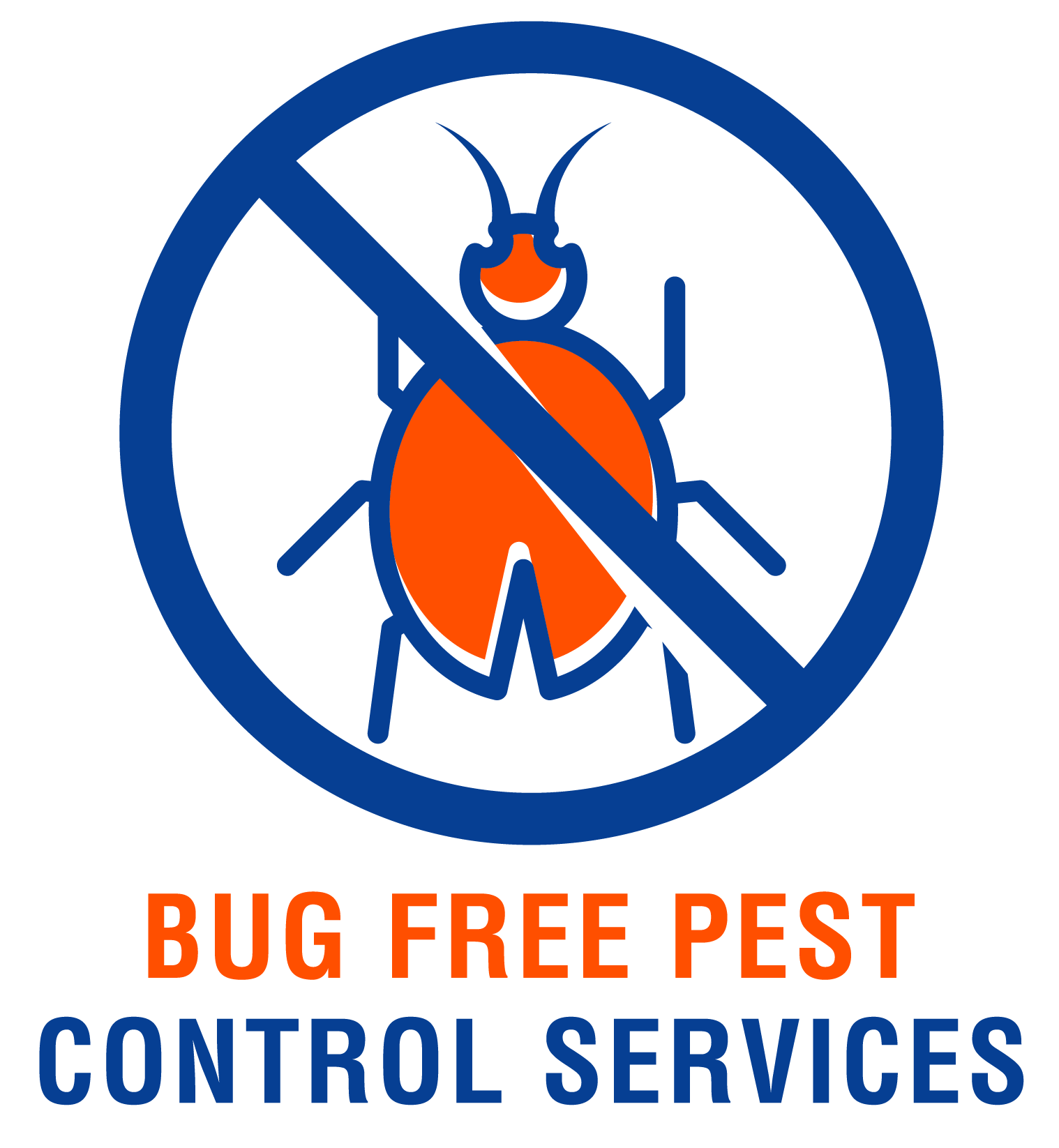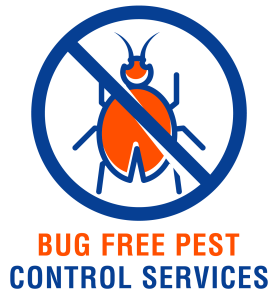Welcome, eager reader! In this informative article, you will learn all about how to identify and treat woodworm infestation in your home. By understanding the signs of a woodworm infestation and implementing effective treatment methods, you can protect your valuable wooden furniture and prevent further damage. Let’s dive in and explore the world of woodworm together!
How often have you found yourself staring at wooden furniture or structures and wondering if they might be afflicted with woodworm infestation? If you’ve ever noticed tiny holes or dust around wooden items in your home, you might be dealing with wood-boring pests known as woodworms. In this article, we will guide you on how to identify woodworm infestation and provide tips on how to effectively treat and prevent further damage to your wooden belongings.
What Are Woodworms and Why Are They a Problem?
Woodworms are the larvae of wood-boring beetles that feed on and burrow into wooden surfaces, causing damage and weakening the structure of the wood. These pests can wreak havoc on furniture, flooring, and other wooden items in your home, leading to costly repairs and replacements if left untreated. identifying woodworm infestation early is crucial to prevent further damage and protect your wooden belongings.
Understanding the Life Cycle of Woodworms
Woodworms go through four distinct life stages: egg, larva, pupa, and adult beetle. The larvae are the destructive stage as they feed on wood from the inside, creating tunnels and weakening the structure. Adult beetles lay eggs in crevices or cracks in wooden surfaces, starting the cycle all over again. By understanding the life cycle of woodworms, you can better grasp how and when to tackle an infestation.
How to Identify Woodworm Infestation
Spotting the signs of woodworm infestation early is key to preventing extensive damage to your wooden items. Keep an eye out for the following indicators that may point to woodworm presence:
Small Holes in Wood
You might notice tiny round holes in wooden surfaces, typically 1-2mm in diameter. These holes are entry and exit points for adult beetles and are a clear sign of woodworm infestation.
Fine Sawdust or Powder
The presence of fine sawdust or powder around wooden items is a telltale sign of woodworm activity. This dust is the result of woodworm larvae tunneling through the wood as they feed.
Weak or Damaged Wood
If the wood feels weak, soft, or damaged, it could be due to woodworm infestation. Check for crumbling edges, hollow sounds when tapped, or easily penetrated surfaces, as these are signs of internal woodworm damage.
Adult Beetles Emerging
If you notice adult beetles emerging from wooden items, it indicates an active infestation. Keep an eye out for beetles making their way out of the wood, as they might lay eggs and continue the cycle of infestation.
Tunneling Patterns
Inspect wooden surfaces for intricate tunneling patterns made by woodworm larvae. These tunnels are a result of the larvae feeding on the wood and can vary in shape and size, depending on the type of wood-boring beetle.
Faint Clicking Sounds
In some cases, you might hear faint clicking sounds coming from wooden items affected by woodworms. These sounds are generated by wood-boring beetles as they move through the wood and can help pinpoint the source of infestation.
By being vigilant and observant of these signs, you can identify woodworm infestation early and take necessary steps to address the issue before it escalates.
Treating Woodworm Infestation
Once you’ve confirmed the presence of woodworms in your wooden belongings, it’s essential to take immediate action to treat the infestation and prevent further damage. Here are some effective methods to consider when dealing with woodworms:
Natural Remedies
You can opt for natural remedies such as sunlight exposure, freezing, or heat treatment to eradicate woodworms from wooden items. Exposing infested wood to direct sunlight for several days can help kill larvae, while freezing items at below-freezing temperatures for a few days can also be effective. Heat treatment involves raising the temperature of the wood to a level that eliminates wood-boring pests.
Chemical Treatments
Chemical treatments are a common and effective way to get rid of woodworm infestation. You can use woodworm killer sprays or liquid treatments that contain insecticides to eradicate larvae and prevent further infestation. Follow the manufacturer’s instructions carefully when applying chemical treatments to ensure safety and effectiveness.
Fumigation
For severe infestations or hard-to-reach areas, fumigation might be necessary to eliminate woodworms completely. Professional fumigation services can treat infested wooden items or structures using fumigants that penetrate the wood and kill wood-boring pests. Make sure to consult with experts before opting for fumigation to ensure proper handling and safety.
Wood Preservatives
After treating woodworm infestation, applying wood preservatives can help protect wooden items from future attacks. Wood preservatives contain chemicals that deter wood-boring beetles and other pests, creating a protective barrier against infestation. Regularly treating wooden surfaces with preservatives can prevent woodworms from returning and causing further damage.
Sealing and Repair
Once you’ve treated the woodworm infestation, seal and repair any damaged areas to restore the structural integrity of the wood. Use wood fillers, sealants, or putty to fill in holes and cracks caused by woodworm activity. Sanding and refinishing wooden surfaces can help restore their appearance and strength after treatment.
By employing these treatment methods and techniques, you can effectively eliminate woodworm infestation and safeguard your wooden items from further damage.
Preventing Woodworm Infestation
Prevention is key when it comes to protecting your wooden belongings from woodworm infestation. By taking proactive measures and implementing preventive strategies, you can reduce the risk of wood-boring pests damaging your wooden items. Here are some tips to help prevent woodworm infestation:
Regular Inspection
Conduct regular inspections of wooden items in your home to check for signs of woodworm activity. Inspecting furniture, flooring, and structural wood for holes, dust, or damage can help you catch infestations early and take appropriate action. Be thorough in your inspections to ensure no areas are overlooked.
Proper Storage
Store wooden items in dry, well-ventilated areas to deter wood-boring pests from infesting them. Moisture and humidity can attract woodworms, so keeping wooden items in a controlled environment can help prevent infestations. Avoid storing wooden items in damp or dark spaces where wood-boring beetles thrive.
Moisture Control
Keep moisture levels in check to prevent woodworm infestation. Use dehumidifiers or ventilation systems to maintain optimal humidity levels in your home, especially in areas with wooden items. Moisture can weaken wood and attract wood-boring pests, so controlling moisture is essential for preventing infestations.
Wooden Treatments
Apply wood preservatives regularly to protect wooden items from woodworms and other pests. Wood treatments containing insecticides can deter wood-boring beetles and provide a barrier against infestations. Treat wooden surfaces before storing or using them to ensure they are safeguarded from pests.
Sealing Cracks and Crevices
Seal cracks and crevices in wooden items to prevent wood-boring pests from finding entry points. Fill in gaps with sealants or putty to block access for beetles and larvae looking to infest the wood. Regularly inspect and maintain wooden items to repair any openings that could lead to infestations.
Professional Inspection
Consider hiring professionals for periodic woodworm inspections to ensure your wooden items are free from infestations. Experienced inspectors can identify early signs of woodworm activity and provide recommendations for treatment and prevention. Schedule routine inspections to stay ahead of potential infestations and protect your wooden belongings.
By following these preventive measures and incorporating them into your wood care routine, you can effectively ward off woodworm infestation and preserve the quality of your wooden items.
In conclusion, identifying and treating woodworm infestation is essential for maintaining the integrity of your wooden belongings. By understanding the signs of infestation, employing effective treatment methods, and implementing preventive strategies, you can protect your wood from wood-boring pests and prolong its lifespan. Remember to stay vigilant, take immediate action when infestation is detected, and prioritize regular maintenance and care to keep woodworms at bay. Your wooden items will thank you for the extra attention and care you provide.


